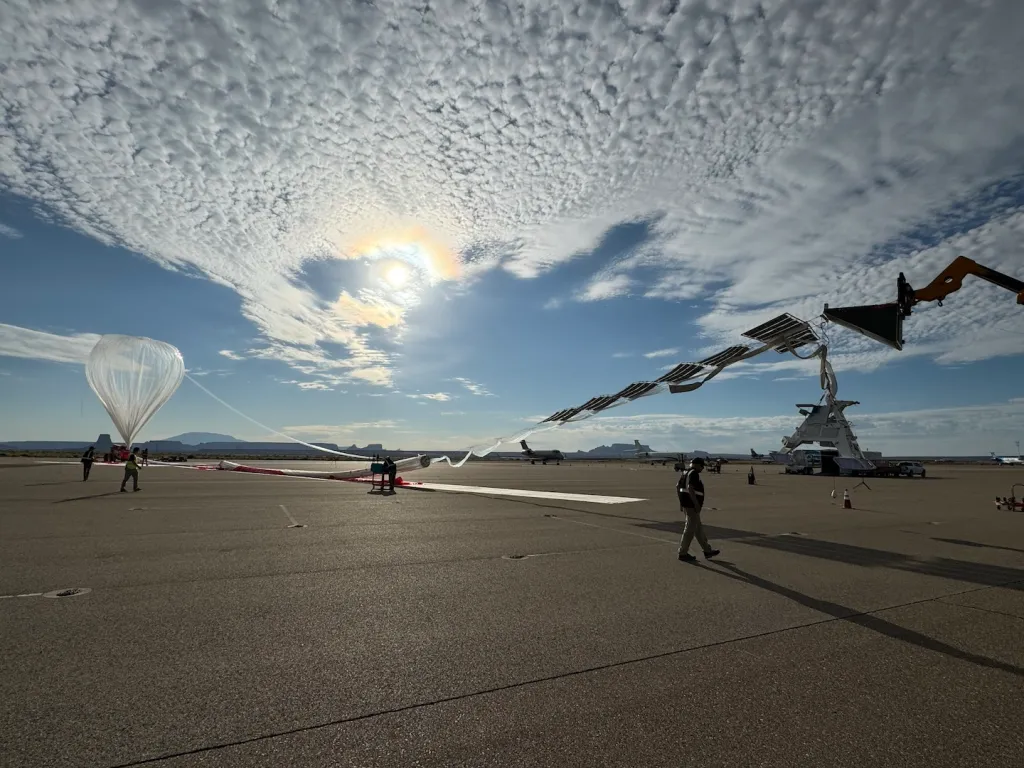
Two payloads successfully flew four weeks of tests aboard the World View high-altitude balloon with support from NASA’s Flight Opportunities program.
Reaching altitudes of up to 81,000 feet, the World View high-altitude balloon will be equipped with Space Environment Technology’s Automatic Radiometric Measurements for Aerospace Safety (ARMAS) dual-monitor technology and CubeSounder weather forecasting technology developed by researchers at Arizona State University in Tempe. there is. Data collected during the 28-day flight will help advance these technologies.
For the first time ever, ARMAS performed 24/7 radiation monitoring at air altitude for four consecutive weeks. Designed to enhance aviation safety by monitoring radiation exposure from cosmic rays, solar particles, and Van Allen Belt particles, ARMAS used total ionizing dose and gamma ray instruments to measure the entire radiation plume at various altitudes within the same time and location. ARMAS also received support from NASA’s Small Business Innovation Research (SBIR) program.
CubeSounder collected data to help validate its performance at high altitudes. CubeSounder is a compact 3D imaging sensor that collects atmospheric temperature and humidity data into 3D images for weather forecasting in a much smaller package than current atmospheric sounders.
relevant
Learn more in sUAS News
Subscribe to receive the latest posts by email.
